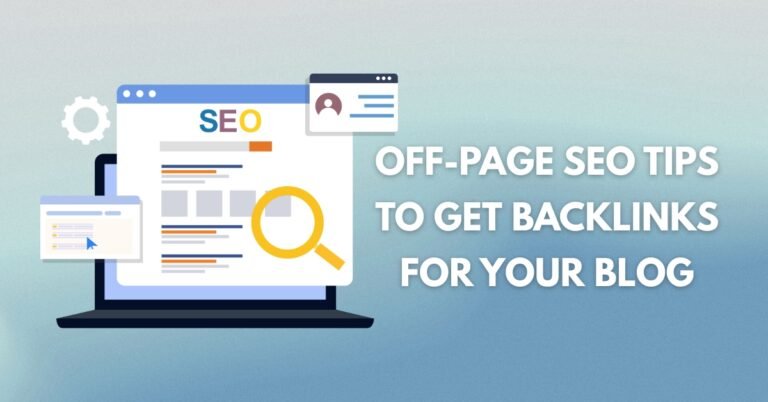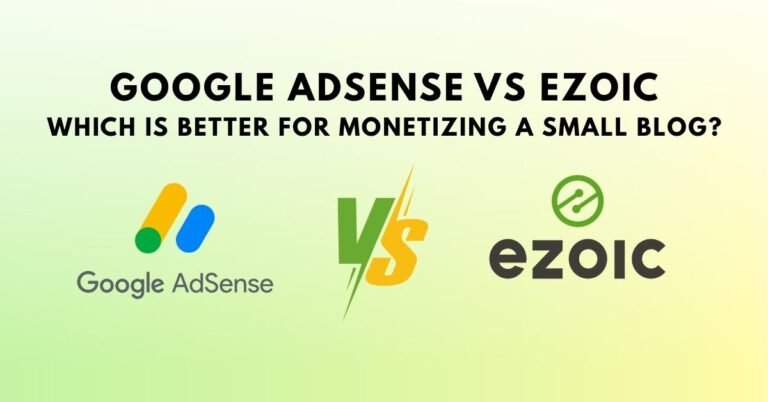Email marketing is the backbone of successful blogging. Whether you’re just starting out or looking to grow your list, choosing the right email marketing tool can make or break your engagement and monetization efforts.
Two of the most talked-about platforms are Mailchimp and ConvertKit. Both are widely used, but they’re designed for different users and use cases.
So, which one is better for beginner bloggers?
Let’s dive deep into this comparison to help you decide.
Table of Contents
- Introduction
- Overview: Mailchimp and ConvertKit
- Key Feature Comparison
- Ease of Use
- Email Templates and Automation
- Audience Management
- Analytics and Reporting
- Integrations
- Pricing Breakdown
- Pros and Cons
- Which Is Better for Beginners?
- Final Verdict
- FAQ
- Conclusion
- CTA
Introduction: Why This Comparison Matters
Starting a blog means wearing multiple hats—writer, marketer, designer, and yes, email strategist.
Choosing the wrong email tool can waste time, money, and lose subscribers.
That’s why this guide is crafted specifically for bloggers just getting started—with insights to help you pick the tool that actually grows your audience.
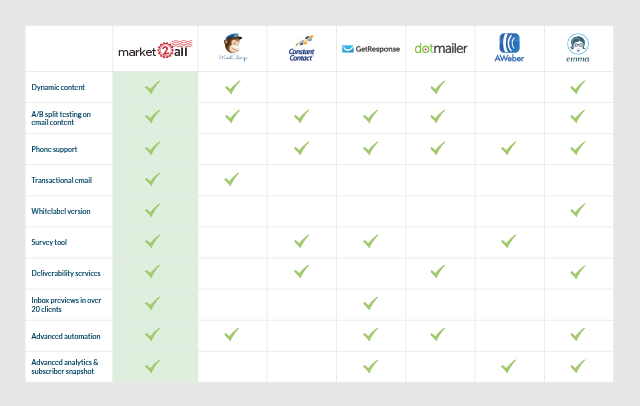
Mailchimp vs ConvertKit: A Quick Overview
What is Mailchimp?
Mailchimp is a widely recognized name in the email marketing space. It offers a complete marketing platform with features like landing pages, ads, automation, and CRM.
Best for:
- Small businesses
- E-commerce stores
- Bloggers who want a free plan to start
What is ConvertKit?
ConvertKit is built specifically for creators—bloggers, authors, YouTubers, and digital product sellers. It focuses on simplicity, automation, and powerful tagging.
Best for:
- Bloggers and creators
- People selling digital products
- Those who want better list segmentation
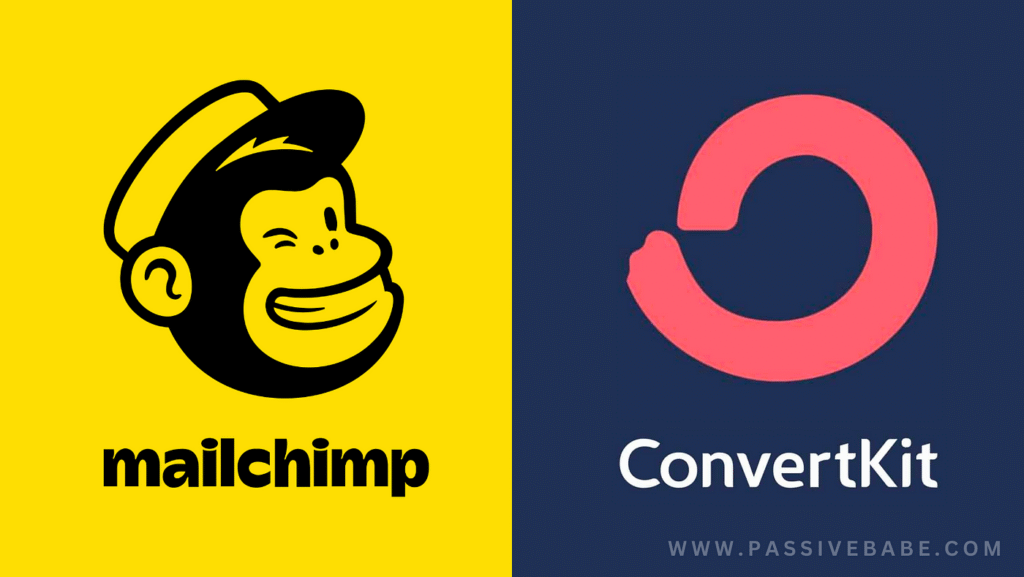
Key Feature Comparison Table
| Feature | Mailchimp | ConvertKit |
|---|---|---|
| Drag & Drop Builder | Yes | No (Uses plain text editor) |
| Automation | Advanced (workflow builder) | Easy visual automation |
| Landing Pages | Yes | Yes |
| A/B Testing | Yes | Limited |
| CRM & Segmentation | Yes | Yes (via tags & sequences) |
| Free Plan | Yes (up to 500 contacts) | Yes (up to 1,000 contacts) |
| Templates | Many pre-designed options | Minimalist, text-based |
Ease of Use
Mailchimp:
- Offers a modern interface, but can feel cluttered for beginners
- Too many options can overwhelm new users
- Drag-and-drop editor is user-friendly
ConvertKit:
- Built for simplicity
- Visual automations are intuitive
- Limited design features, but perfect for minimalists
Winner for beginners: ConvertKit, due to simplicity and ease of automation setup.
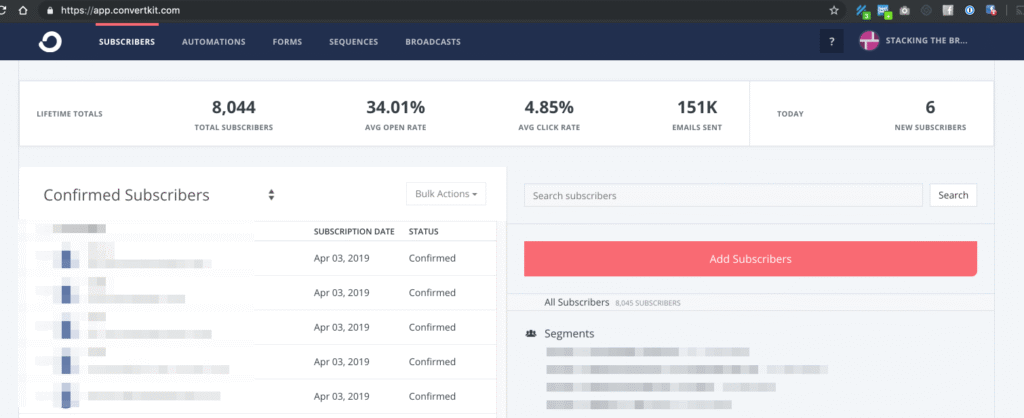
Email Templates & Automation
Mailchimp Templates:
- Dozens of beautiful, drag-and-drop designs
- Good for visual-heavy campaigns
- Great for eCommerce newsletters
ConvertKit Templates:
- Focus on plain text (which tends to convert better)
- More personal-feeling emails
- Designed to look like a regular email from a friend
Automation:
ConvertKit excels at visual automation:
- Trigger-based flows
- Tag-based segmentation
- Easy for bloggers launching email courses or sales funnels
Mailchimp also has a powerful builder, but it’s more suited for advanced users.
Audience Management
Mailchimp uses lists—each with separate sets of contacts. This can lead to duplicate subscribers across lists, potentially costing you more.
ConvertKit uses tags and segments, making it easier to manage one list with various interests.
Why it matters for bloggers:
If someone downloads 2 different lead magnets, ConvertKit keeps them as one subscriber with 2 tags. Mailchimp may count them as two.
Analytics and Reporting
- Mailchimp provides detailed campaign performance reports: opens, clicks, geo-tracking, social stats, and more.
- ConvertKit offers cleaner, focused metrics: opens, clicks, unsubscribe rates, etc., with less visual clutter.
For deep analytics and advanced testing, Mailchimp wins. But for bloggers who just want to track basics, ConvertKit is more than enough.
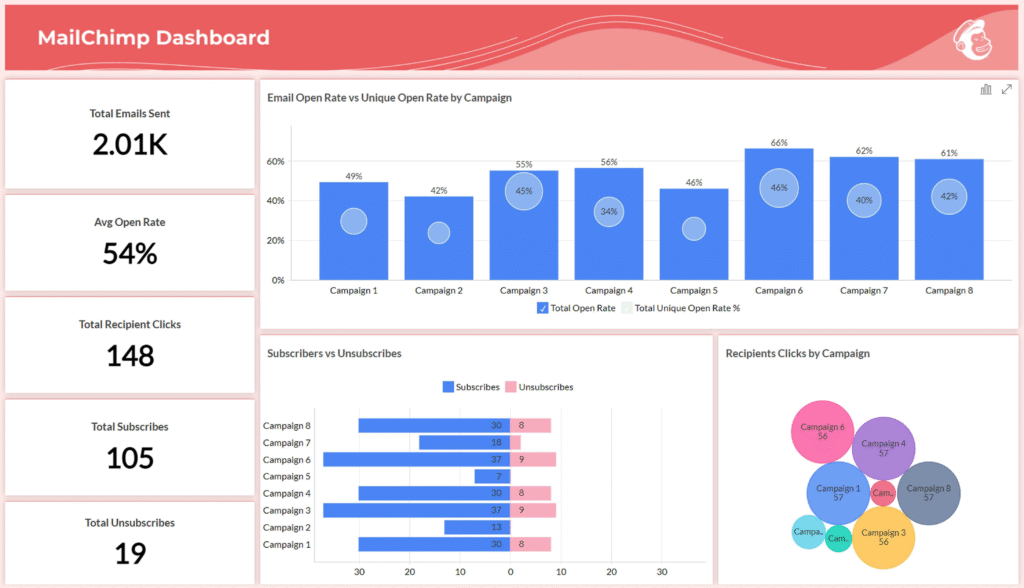
Integrations
Both platforms support a wide range of integrations:
- Mailchimp: Shopify, WordPress, Stripe, Zapier, Canva, more.
- ConvertKit: Teachable, Gumroad, WordPress, ThriveCart, Shopify.
If you’re using WordPress and selling digital products, ConvertKit has more direct creator-first integrations.
Pricing Comparison
Mailchimp Pricing:
- Free Plan: Up to 500 contacts and basic automation
- Essentials: From $13/month
- Standard: From $20/month
- Premium: From $350/month
ConvertKit Pricing:
- Free Plan: Up to 1,000 subscribers with basic landing pages
- Creator: Starts at $15/month
- Creator Pro: Starts at $29/month (adds advanced reporting)
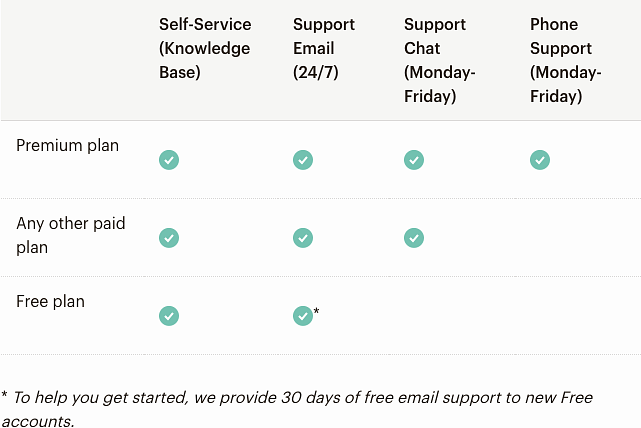
Pros and Cons
Mailchimp Pros:
- Generous free plan
- Beautiful templates
- Great analytics
Mailchimp Cons:
- Complicated list management
- Extra charges for duplicate contacts
- Not beginner-focused
ConvertKit Pros:
- Built for bloggers
- Visual automations
- Simple list management with tags
- More generous free plan for creators
ConvertKit Cons:
- Limited design capabilities
- Fewer templates
- A bit pricier as your list grows
Which One Is Better for Beginners?
If your focus is eCommerce, newsletters, and visuals, Mailchimp might be a better fit.
But if you’re a blogger or content creator who wants:
- Simpler tools
- Clean email delivery
- Tag-based segmentation
- Strong automation
Then ConvertKit is the clear winner.
Final Verdict: Our Recommendation
For beginner bloggers, ConvertKit offers the best balance of simplicity, power, and creator-focused features. It’s designed with bloggers in mind, and the automation capabilities help you grow your list on autopilot—without tech headaches.
However, Mailchimp is a great starting point if you’re on a strict budget or want more visually appealing templates.
Frequently Asked Questions (FAQs)
ConvertKit is ideal for bloggers offering lead magnets and running email courses, thanks to its tag-based automation.
Technically, yes—but it’s not recommended. Choose one to avoid duplicate email lists and complicated setup.
Conclusion
Email marketing is your blog’s lifeline. The right tool doesn’t just send emails—it builds community, sells products, and grows trust.
Mailchimp and ConvertKit both offer valuable features, but they serve different types of users.
Beginner bloggers who want to keep things simple and focus on growth: Choose ConvertKit.
Those who need visuals, eCommerce support, and detailed analytics: Consider Mailchimp.
Pick the tool that aligns with your blogging goals.


